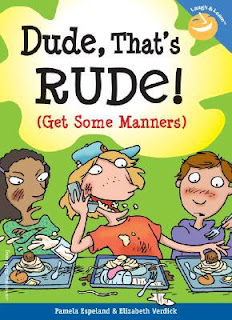We have such a cool country, and we also have some pretty cool symbols to highlight our values: freedom, liberty, and democracy. As you know, a symbol is something that stands for something else. Symbols can be places, objects, or words. Which bird is our national symbol? [Wait for response.] Right, the bald eagle. But did you know that Ben Franklin actually wanted our national bird to be a wild turkey? It may be hard to believe, but he thought bald eagles were lazy thieves. Luckily, he lost the battle, and we got the bald eagle instead. The bald eagle symbolizes power and strength. Another cool American symbol is the Statue of Liberty. Did you know that she used to be light brown? She’s green now. She was made in France, and her inner skeleton was built in Paris [show p. 24]. To get her to America, they had to carefully take apart every single piece of her, label it, and ship it to this country, where it was an important gift to us. Can you imagine re-assembling the Statue of Liberty, piece by piece? That is tough work, but it was worth it. Another symbol you might not know as much about it is Uncle Sam [show pp. 36-37]. You know those “I Want You” pictures with his face? Those were used to recruit men to fight in World War I and II. But the original Uncle Sam was based on a man named Sam Wilson who fought in the American Revolution and worked as a meatpacker. There’s more to that story, which you can read about it O, Say Can You See? America’s Symbols, Landmarks, and Inspiring Words by Sheila Keenan.
O, Say Can You See? America’s Symbols, Landmarks, and Inspiring Words by Sheila Keenan. Scholastic, 2004. 64 p. Booktalk to elementary, intermediate grades.










